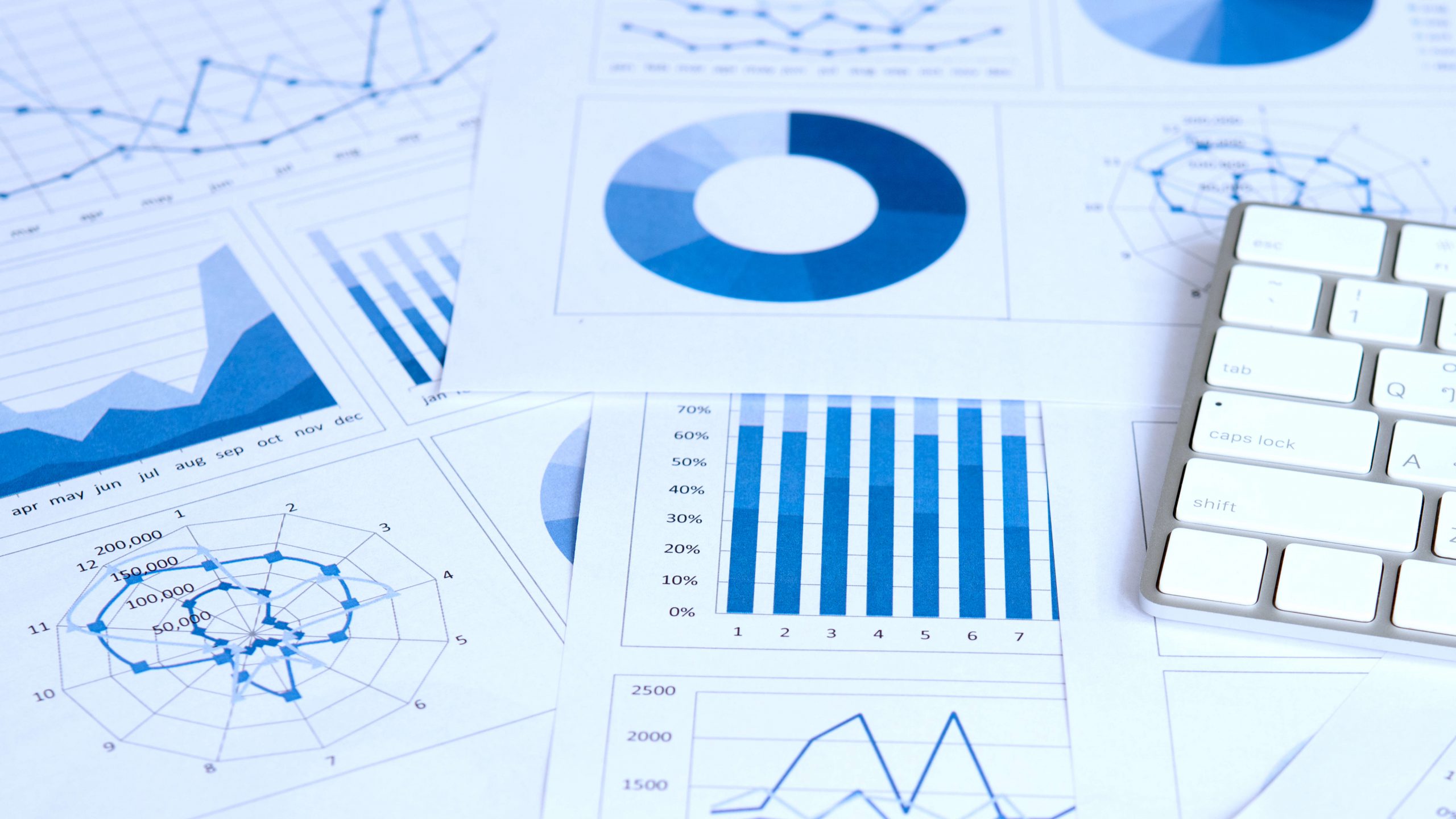In the difficult relationship between global and local, KPIs can help for monitoring activities. Dr. Federica Varoli of Bausch & Lomb – IOM Spa, referent for pharmacovigilance at local level in Italy and Compliance manager at global level, spoke about it at the AFI webinar “Pharmacovigilance and quality session”.
“I collaborate with the global team for all the compliance part. This allows me to daily participate and to have a vision on the global processes, which are inputs for everything that constitutes the quality system, and to put them into practice, both from the global point of view and from the point of view of the branch”. The doctor said, who told about her experience by comparing the processes that develop on the global team, therefore at the headquarter level, with the reality of the local team.
The rules
The main reference point for the pharmacovigilance system and for its quality system are the GvP (Good Pharmacovigilance Practices) module I.
Analyzing in detail GvP, in particular I.C.1.1, it is indicated that:
“The marketing authorization holder shall ensure that the QPPV has sufficient authority to influence the performance of the quality system and the pharmacovigilance activities of the marketing authorization holder.”
Therefore, a double responsibility emerges: the one of the MAH, who with his processes must guarantee to the QPPV an excellent knowledge of its quality system, but also, on the contrary, the one of the QPPV who must give concrete input to the processes that must be constantly monitored.
KPIs
To monitor these processes, the QPPV has at its disposal the KPIs (Key Performance Indicators), very useful for constantly and continuously monitoring the processes and performance of all the activities that companies must carry out in the context of pharmacovigilance.
The SMART acronym summarizes the fundamental characteristics that the objectives must have:
Specific: concrete and detailed
Measurable: quantifiable in its characteristics
Attainable: achievable, obtainable, reachable
Relevant: pertinent at the same time
Time bound: set up with a deadline to be met.
The life cycle
The main phases of KPI management are contained in the cycle: Plan → Do → Check → Act
Plan:
the planning part in which the indicators are chosen is fundamental, which is often the most complicated part as it requires a thorough knowledge of one’s own reality.
- determination of the KPIs, which must be as representative as possible for the company: having an extended set of KPIs that do not allow you to make a concrete assessment of your business is absolutely useless; better to have a smaller set, but more effective for your reality
- determination of the frequency of reporting, review and threshold
- determination of the methodologies for the collection, recording and analysis of data.
Do – check – Act
- review of the data with respect to the threshold and identification of NC or negative trend: identify any non-conformities in order to establish corrective or preventive actions and analyse possible trends by comparing the data from year to year
- KPI review: there is no mandatory attendance, but the ideal would be monthly both at global and local level, as it is a frequency that allows any interventions in a timely manner
- annual or biennial KPI update: based on the results and the quality system, it may be important to change the KPIs initially set annually.
Examples of use
The fields of use of KPIs in the quality system of pharmacovigilance are many. Here are some examples:
- ICSR: useful not only for determining the submission times, but also for the purposes of the quality check to determine the frequency with which it was necessary to reopen the case to increase missing data upon receipt.
- CAPA: useful for monitoring the time taken for the expected correction
- Submission of variations: when there is a need for variation, for example of a batch, the KPIs are normally used for monitoring the timing of the submission from global to local, but another use is given by monitoring the arrival of the submission on the market, so as to monitor the last link in the chain: did the change arrive on the market in the correct timing? Or did I have an excessive delay from the time the variation was presented until the changed batch was put on the market? This last step is not measurable in numerical terms, but is still verifiable and inspectable from the point of view of the Authorities.
- Training: tracking the number of global and local team members and the timing in which the training took place
- SDEAs revision: useful for monitoring the revision of the SDEAs without waiting for external regulatory input. This KPI could ideally be set every 2 years.
- Vendor performance: necessary to verify, at the conclusion of the contract with the vendor, the work of the latter, in particular with regard to reporting times or the quality of the data transmitted by him
- Cumulative report for global: another type of KPI useful for the relationship between global and local is the monthly supply of a report that details the activities carried out at the branch level: in particular the reports forwarded to global and the relative timing; any activities, such as drafting new contracts and pharmacovigilance agreements; legislative changes required at the local level; number of procedures reviewed and the relative timescales; CAPA. Global can then, once all the reports of all the branches have been collected, make a report to share with the upper management, in order to have a complete view of the branches and highlight any critical issues that could lead to the re-evaluation of the performance of activities with risk analysis of the branches themselves.
Therefore, maintaining a vision at a global level, but also at a local level can be a useful input, both for another branch, and even an insertion of KPIs for what is the Global structure.







